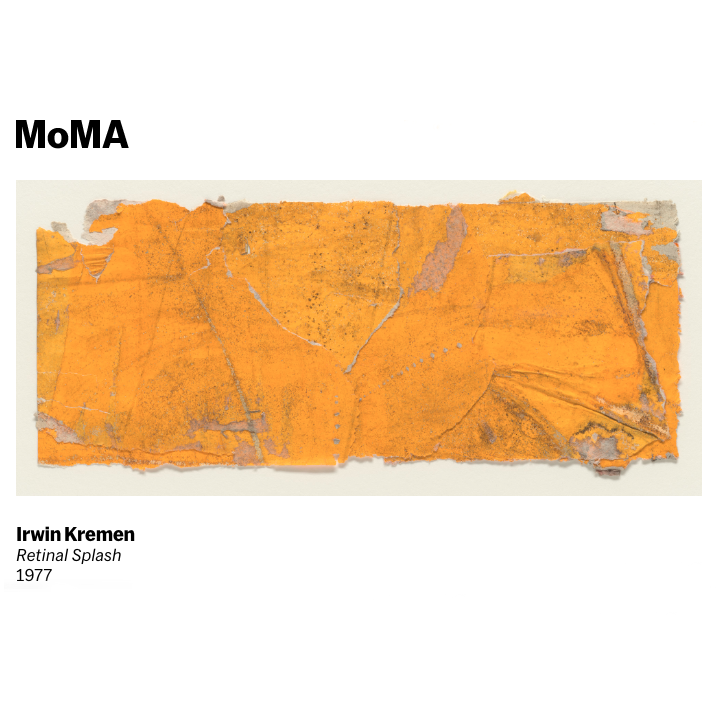Irwin Kremen
Waste Not
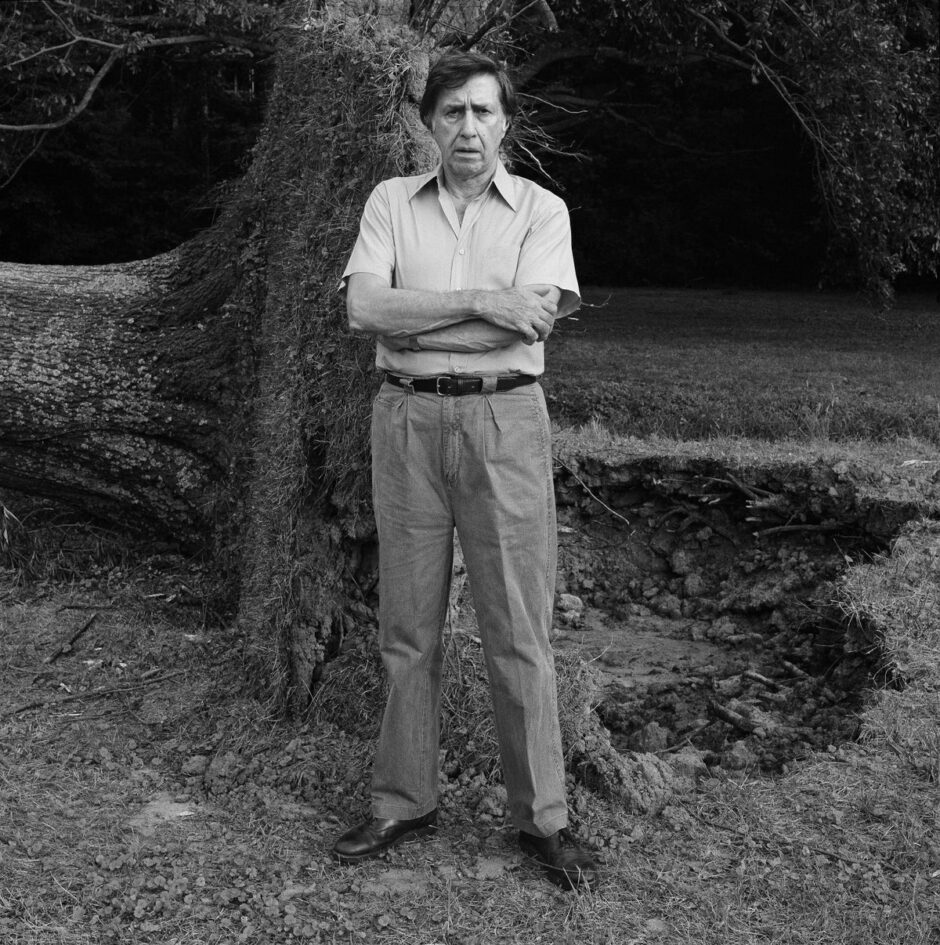
IRWIN KREMEN (1925-2020)
Artist and psychologist, Irwin Kremen’s path to this dual career was circuitous. In 1946 he spent a brief year at Black Mountain College, then a place of radical experimentation in education and art, devoting himself to writing and literary studies with MC Richards. A year later he moved to New York. There he became familiar with the avant-garde art, music, and dance scenes and met John Cage and Merce Cunningham who became lifelong friends. A turn in the road in the 1950s led to studies at the New School for Social Research and a new interest in psychology that culminated in a Harvard PhD degree. In 1963, he began teaching at Duke University where he became director of the Graduate Clinical Psychology Training Program, a position he held until 1971. At the age of 41, he began making art, a practice that, growing in rigor and dedication, continued until his passing in February 2020. Kremen resided in Durham, North Carolina with his wife, the writer and poet Barbara Kremen.
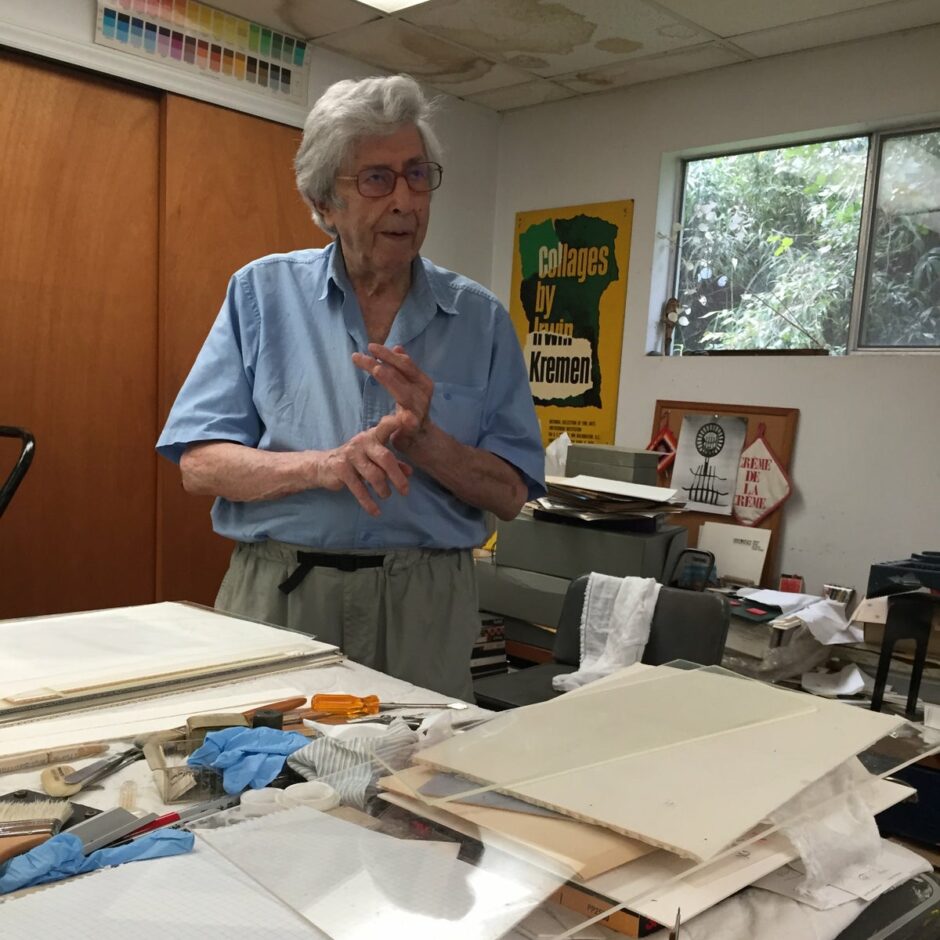
Krem de la Krem
Upon seeing Kremen’s work for the first time in a 2017 solo show at the Berkeley Art Museum and Pacific Film Archive, we reached out to the artist via an introduction by curator Lawrence Rinder. The response came back signed “IRWIN KREMEN (aka Krem)” and it quickly became apparent that this shorthand was the preferred moniker. Emails turned to phone calls, and phone calls led to a visit to Krem and Barbara’s Durham home in August.
The heat of the North Carolina summer was held at bay within the book-filled house, where the blinds were mostly drawn closed to protect the delicate works on paper that lined their walls. The 48-hour studio visit was a visual thrill, and was filled with animated conversation around the kitchen table, after-dinner glasses of moonshine, and stories jovially recalled from each step of the Kremens’ rich history. It was from this initial visit that the seed was planted for Krem’s first show at the gallery in 2018.
When Krem passed away in February of this year, planning was already underway for his second solo exhibition at the gallery in May. While the show has been postponed, it will be rescheduled for a date in the not-too-distant future.
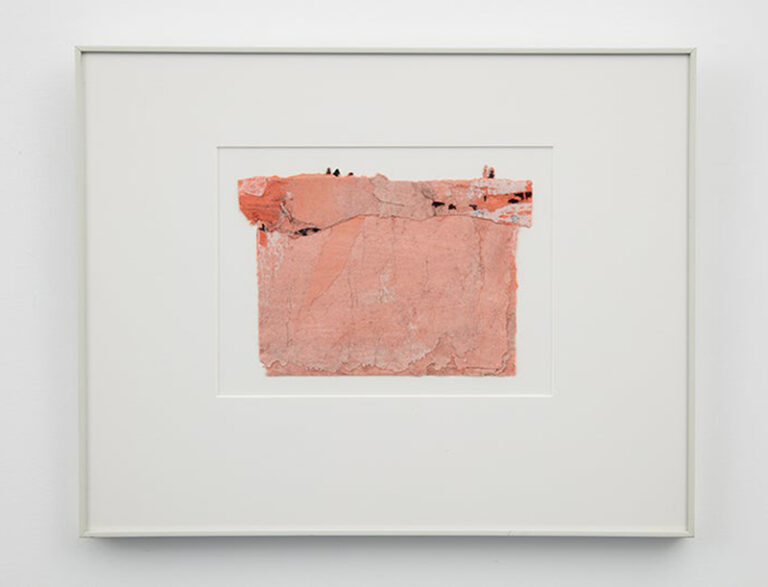
By and Large, 1991/1996
paper
6 ⅝ × 9.1875 inches (16.83 × 23.34 cm)
frame size: 15 × 19 inches (38.10 × 48.26 cm)
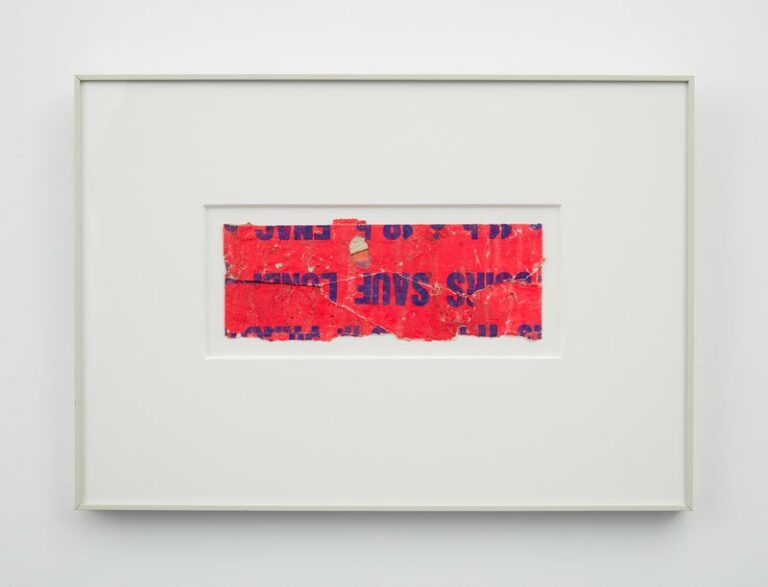
Red sauf Blue, 1984/1986
paper
4 ⅛ × 10 ⅝ inches (10.48 × 26.99 cm)
14 × 20 inches (35.56 × 50.80 cm) (framed)
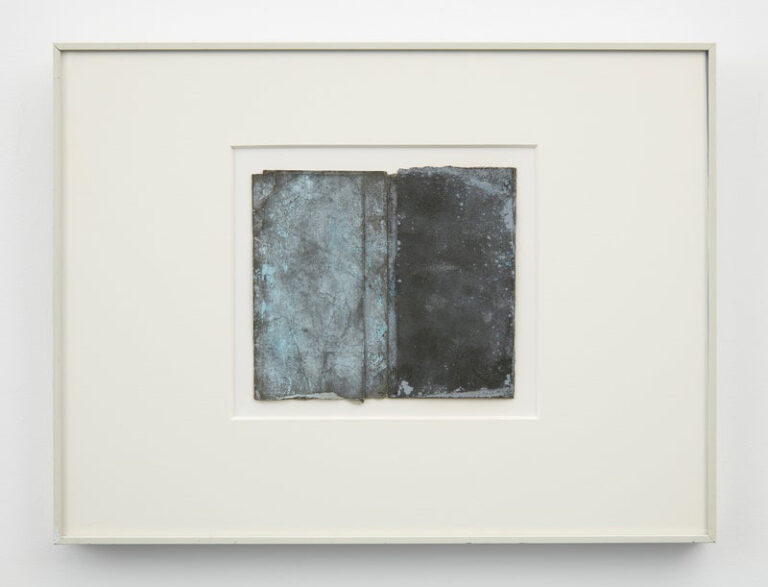
Times Two, 1993
sandpaper and paint dust
5 ¾ × 6 ½ inches (14.61 × 16.51 cm)
12 × 16 inches (30.48 × 40.64 cm) (framed)
In the way I know it, a collage is its own content always… All that a collage is and all that it means is given in its phenomenal immediacy, utterly expressed therein yet as utterly ineffable.
—Irwin Kremen, from the catalog for SE[E], an exhibition of the artist’s work at the Brooklyn Museum, Spring 1985

CONSTRUCTION OF THE COLLAGES:
Hinges + Schematics
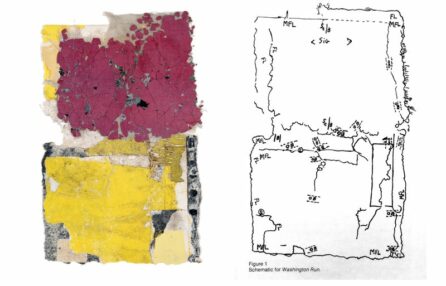
In Kremen’s two-stage process, each collage was composed from loose papers, scraps of paint, and various other ephemeral materials. Once the final composition was settled, Kremen then constructed a network of attachments via a delicate architecture of tiny Japanese paper hinges: each fragment being attached to the pieces behind it. This allows the various elements a certain sculptural quality within the overall composition, and in retaining their distinct qualities without being flattened or altered by gluing, the overall collages possess a tactility and monumentality that transcends their small scale. Constructing the network of attachments (‘hingeing’) was an intensive and time-consuming task requiring immense concentration and skill; it was a testament to Kremen’s uncompromising nature and devotion to his artistic ideal that he insisted on this delicate procedure to ensure the lasting three-dimensionality of his work.
For each collage work Kremen made, he constructed a detailed map or “schematic,” indicating the locations of the various hinges and folds, labeled with a code unique to his own system – FL, B, OB, etc. Kremen stated “The unbroken letters and lines indicate a placement on the upper layer of paper; broken letter and bars, on the underlying layer or in between the two. I also show the mounting hinges, designated as MFL or MSt, and the location of my signature on the back of the work with the symbol <Sig>.”
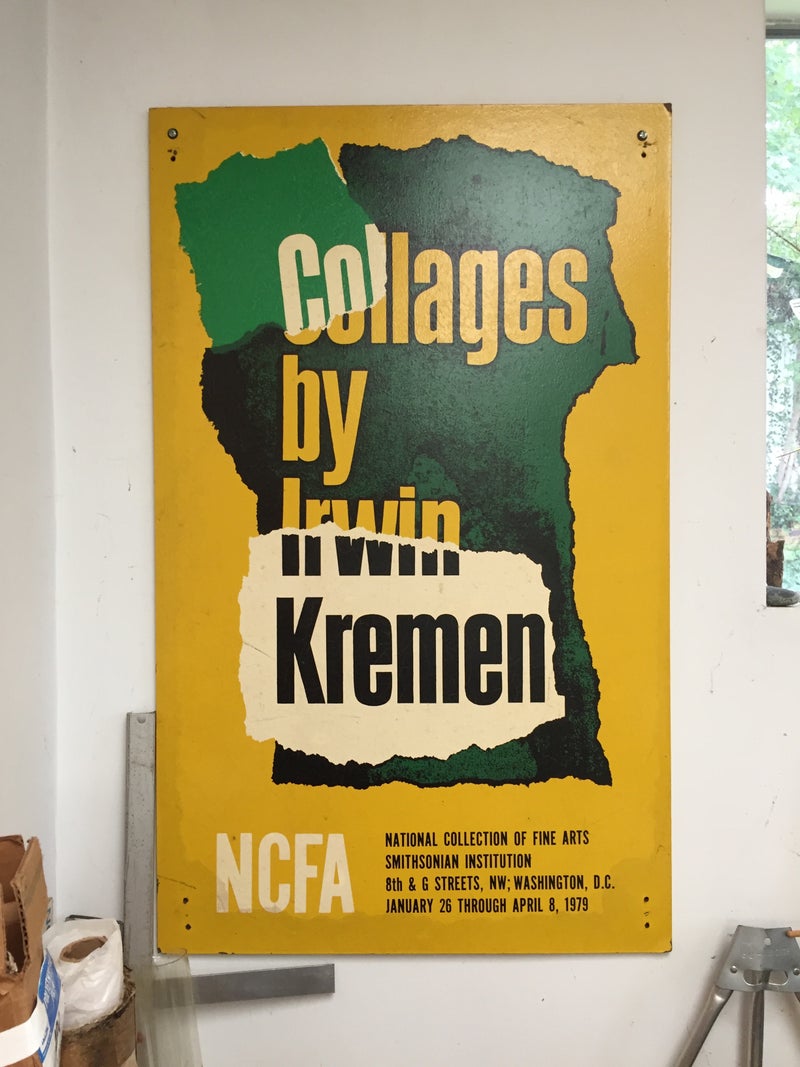
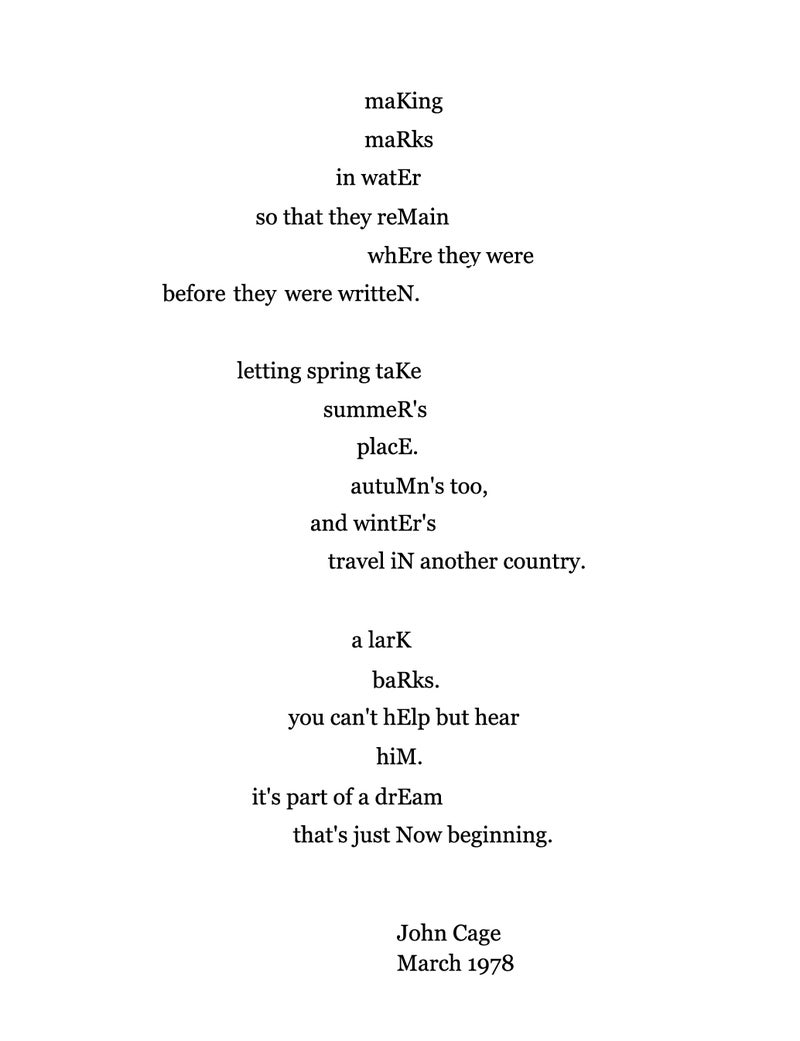
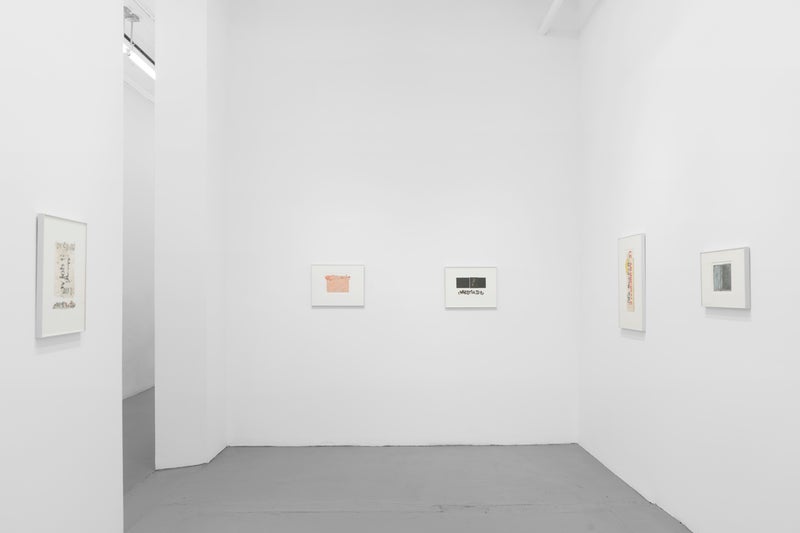
2018 GALLERY EXHIBITION
Irwin Kremen
For more information about Irwin Kremen’s 2018 show at Klaus von Nichtssagend visit the gallery website.
Irwin Kremen at Klaus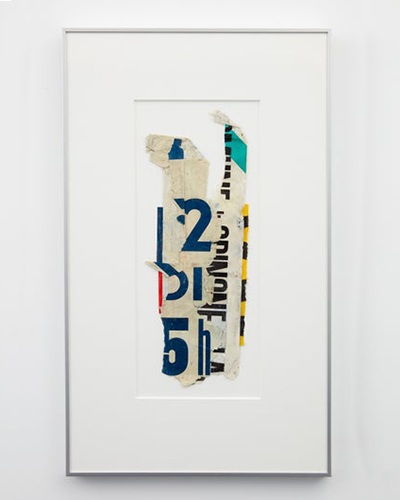
Novanta No. 1, 2015
paper
17 × 6 ½ inches (43.18 × 16.51 cm)
27 × 16 inches (68.58 × 40.64 cm) (framed)

Till Thousendsthee, No. 2, 1994
sandpaper and a fragment of handmade paper by Kenneth Noland
7.8125 × 5.1875 inches (19.84 × 13.18 cm)
15 × 19 inches (38.10 × 48.26 cm) (framed)
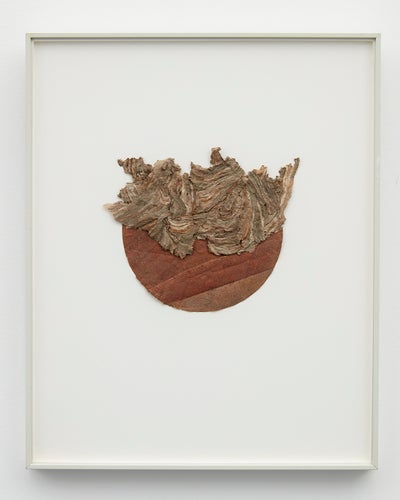
Waste Not No. 6, 1999
wasp-nest material, sandpaper
6 ¼ × 7 ⅜ inches (15.88 × 18.73 cm)
16 × 13 inches (40.64 × 33.02 cm) (framed)
Paper-Gathering
In the early days at Duke when Krem was just starting to, as he put it, “play” with materials, he would have some of his small constructions on his desk in his office, but in general his colleagues and students had no knowledge of these new activities. One summer, on a visit to Cambridge, Massachusetts to interview prospective graduate students, some of his Duke undergraduates came upon him happily pulling scraps of poster paper from a lamp post. A chorus of shocked voices greeted him: “Dr. Kremen, WHAT are you DOING?”
Quizzical or frowning looks often fell upon these paper gatherings, here or on his summer travels abroad; his arrivals back in the States with a bag of such scraps would involve lengthy explaining to get through Customs. A particular challenge was the small bag of soil he collected from the cliffs in Spain, the same kind of soil which might have supplied the pigment used by the Paleolithic cave painters of Altamira, and which he used in a painting of his own.
– as told by Barbara Kremen
FROM THE ARCHIVE:
SE [E]. Collages by Irwin Kremen
Installation views from March 15 through May 13, 1985 at the Brooklyn Museum
More at BrooklynMuseum.org
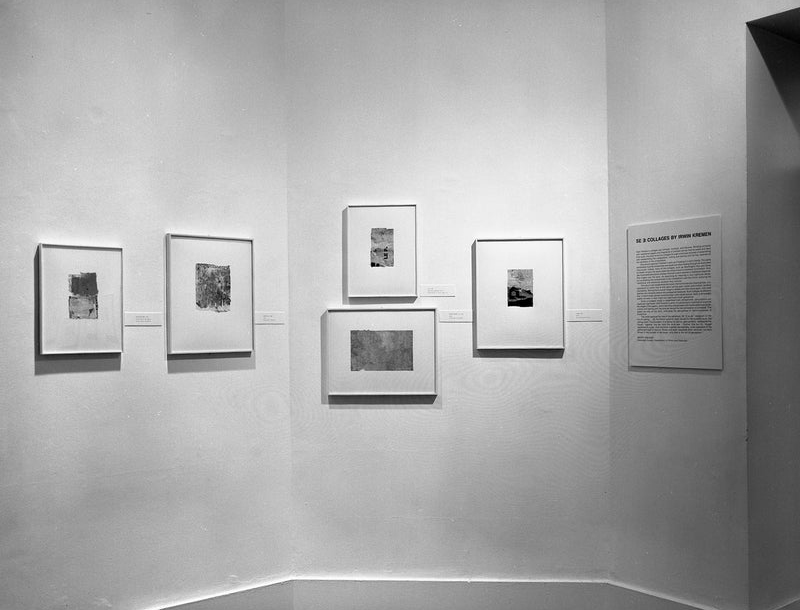
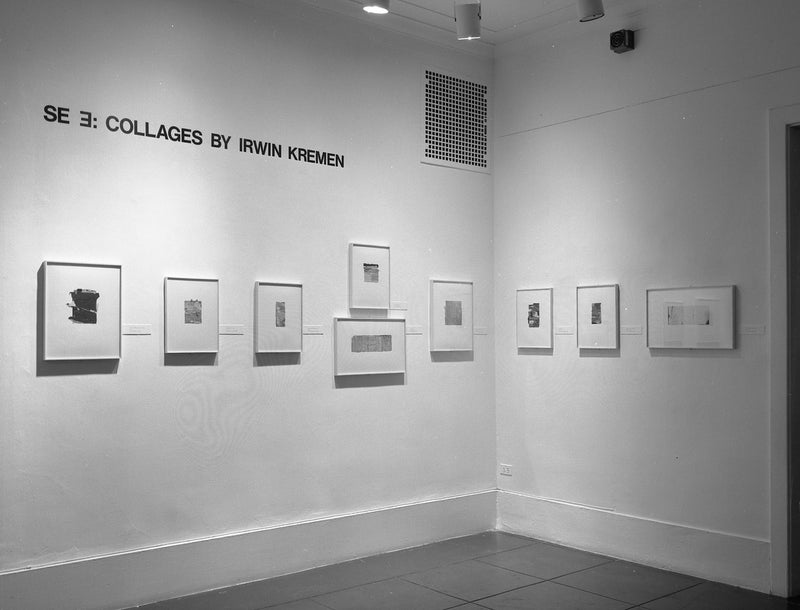
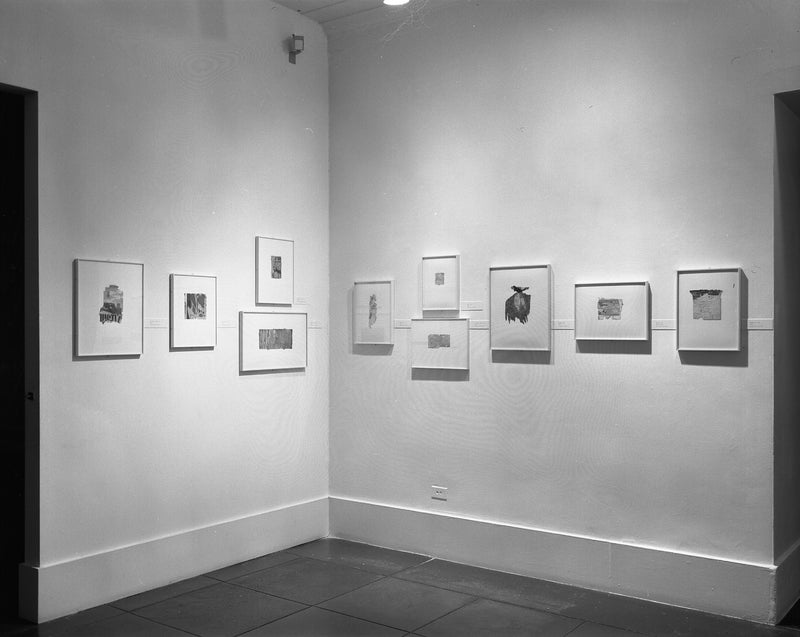
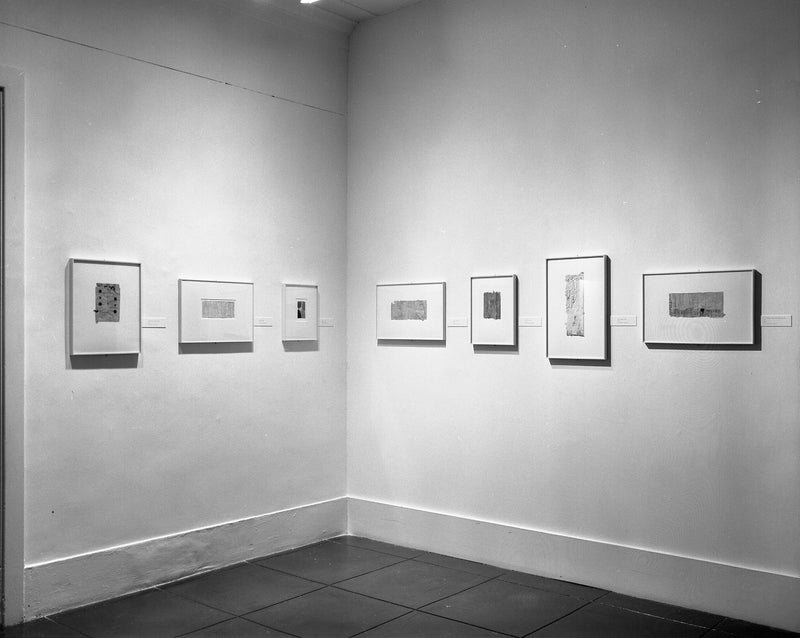
Learn more about Irwin Kremen
See Kremen’s artist’s page on our website
Visit www.klausgallery.com
Visit the artist’s site with image archive and writings
Visit www.irwinkremen.com
